March 30, 2017
AHMM completes work on New Scotland Yard for Metropolitan Police 0
 Architects Allford Hall Monaghan Morris (AHMM) have completed design work on the new headquarters for the Metropolitan Police Service (MPS) in London. The practice claims that the design ‘supports cultural organisational and conveys a new image for the MPS by creating a building that looks to engage with public and media alike’. The £60m new headquarters is a re-modelling and extension of the Curtis Green Building, a 1930s riverside site in Westminster, central London currently owned by the MPS. AHMM’s design includes the addition of new entrance and rooftop pavilions and a reworking of the existing accommodation. The new entrance is designed ‘to create a welcoming and non-institutional yet secure front door’ and reinstates the iconic revolving sign. The project has been completed as part of a major rethink of the organisation’s corporate real estate strategy.
Architects Allford Hall Monaghan Morris (AHMM) have completed design work on the new headquarters for the Metropolitan Police Service (MPS) in London. The practice claims that the design ‘supports cultural organisational and conveys a new image for the MPS by creating a building that looks to engage with public and media alike’. The £60m new headquarters is a re-modelling and extension of the Curtis Green Building, a 1930s riverside site in Westminster, central London currently owned by the MPS. AHMM’s design includes the addition of new entrance and rooftop pavilions and a reworking of the existing accommodation. The new entrance is designed ‘to create a welcoming and non-institutional yet secure front door’ and reinstates the iconic revolving sign. The project has been completed as part of a major rethink of the organisation’s corporate real estate strategy.





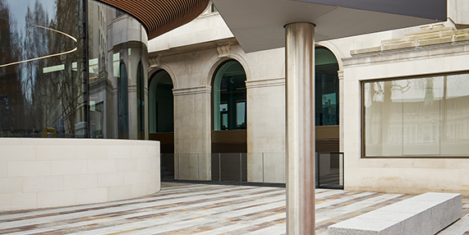
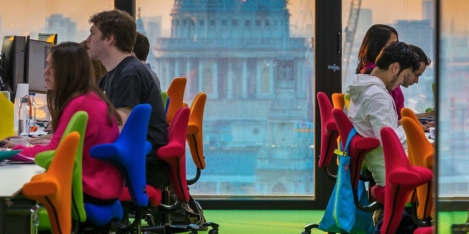

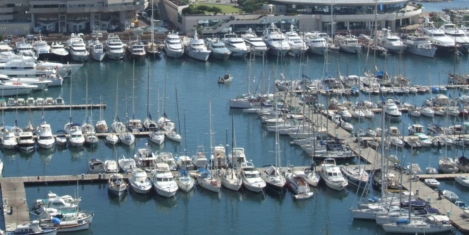



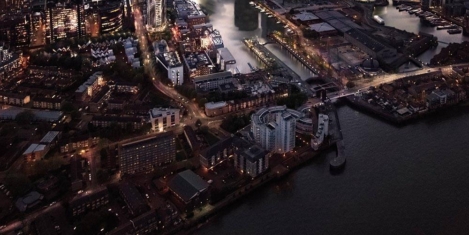
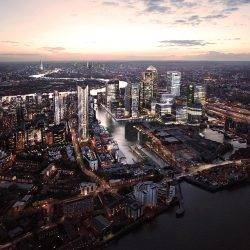
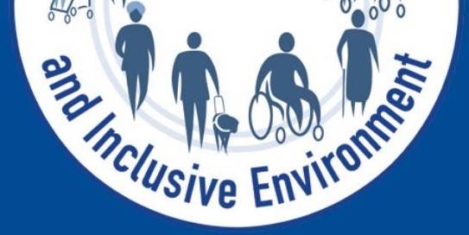
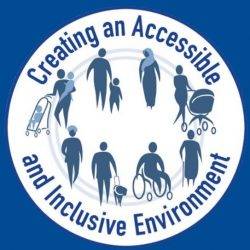




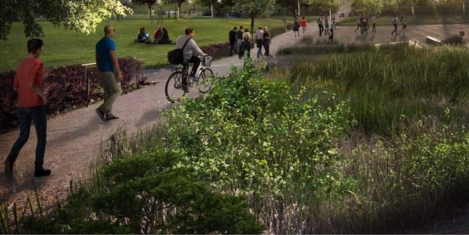


 The average amount of overtime workers put in equates to around 68 working days a year and the fact that only one third are paid for this means the majority of people are essentially working for free until the 9th of March each year, claims a new study. The research by TotallyMoney.com with OnePoll, which looked into overtime in the UK in 2017 found that unsurprisingly 60 percent of British workers say they don’t have a good work-life balance. Common reasons given for working overtime were pressures from colleague and excessive workloads; with almost 65 percent of people surveyed not being paid for overtime worked. Only a third of British workers say they typically leave work on time; which ties in with recent TUC analysis which revealed that the number of employees working longer hours grew by 15 percent over the last five years. Working longer hours, warns the union, not only has negative impacts on health, but can actually lead to workers being less productive.
The average amount of overtime workers put in equates to around 68 working days a year and the fact that only one third are paid for this means the majority of people are essentially working for free until the 9th of March each year, claims a new study. The research by TotallyMoney.com with OnePoll, which looked into overtime in the UK in 2017 found that unsurprisingly 60 percent of British workers say they don’t have a good work-life balance. Common reasons given for working overtime were pressures from colleague and excessive workloads; with almost 65 percent of people surveyed not being paid for overtime worked. Only a third of British workers say they typically leave work on time; which ties in with recent TUC analysis which revealed that the number of employees working longer hours grew by 15 percent over the last five years. Working longer hours, warns the union, not only has negative impacts on health, but can actually lead to workers being less productive.










March 15, 2017
Mobile and internet connectivity should be a priority for commerical real estate 0
by Sara Bean • Comment, Facilities management, News, Property, Technology
Cluttons has proposed that a mobile coverage rating should be added to lettable workspace criteria, because despite mobile and internet connections being the fifth essential utility for the modern environment they are often overlooked when leasing space. With the rise of dependence on SIM-based equipment, the property firm argues that workplaces should be let with a coverage rating, measuring connectivity within a property. It argues that given the fast-paced evolving nature of the sector, landlords who invest in excellent telephony infrastructure are likely to secure tenants for longer periods and potentially achieve higher rental values. The approach is being borne out by the government recognising the importance of better mobile and internet infrastructure, by making it a focal point to extend superfast broadband to 95% of the UK by the end of 2017. This comes as no surprise given that several emerging markets are leap-frogging the adoption of technology and are quickly outpacing the UK in the sophistication of infrastructure on offer to occupiers. London is ranked near to the bottom of the internet connectivity league table when looking at Europe.
(more…)